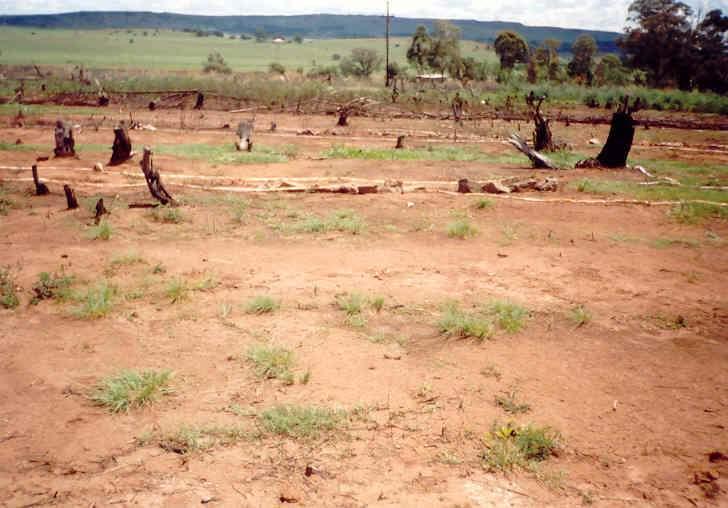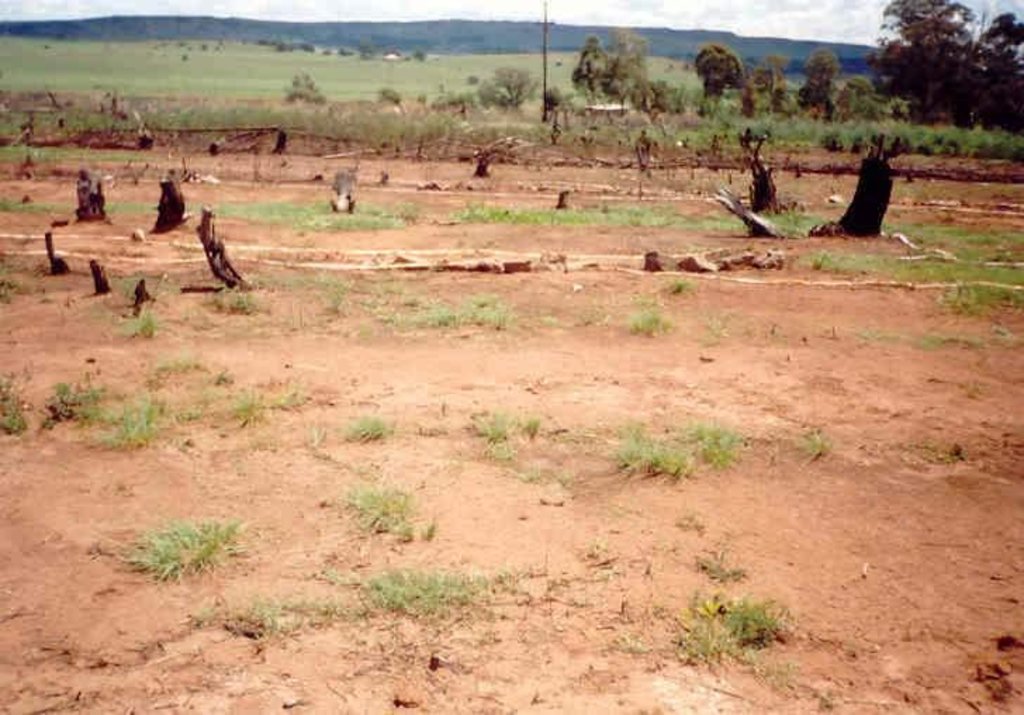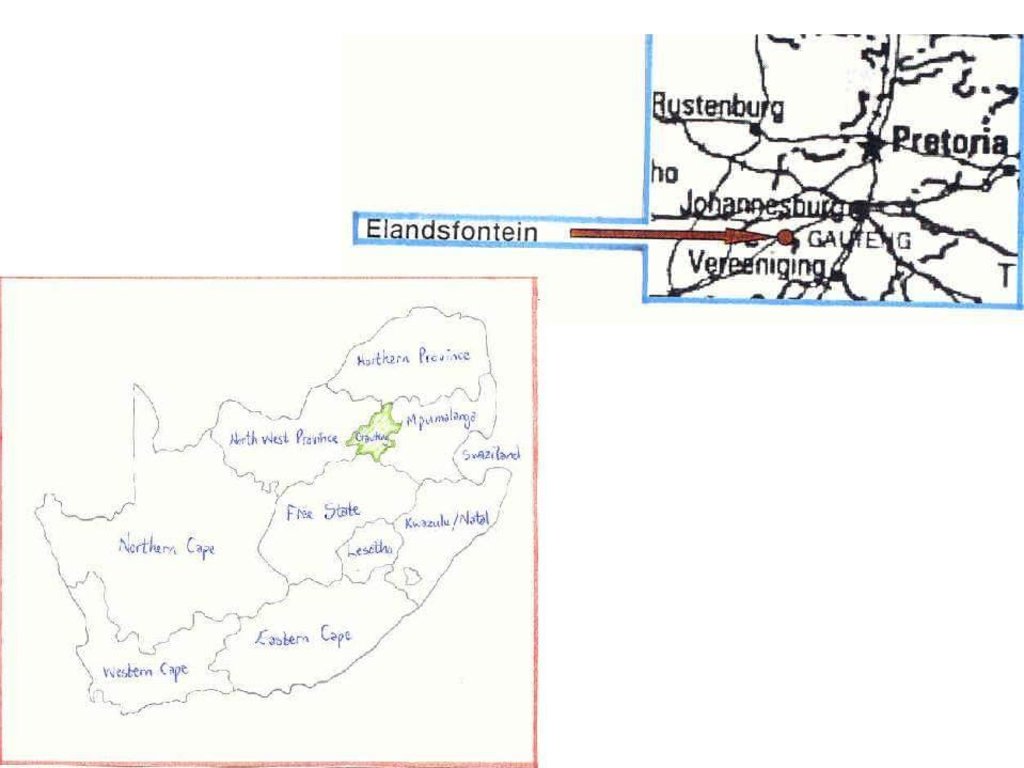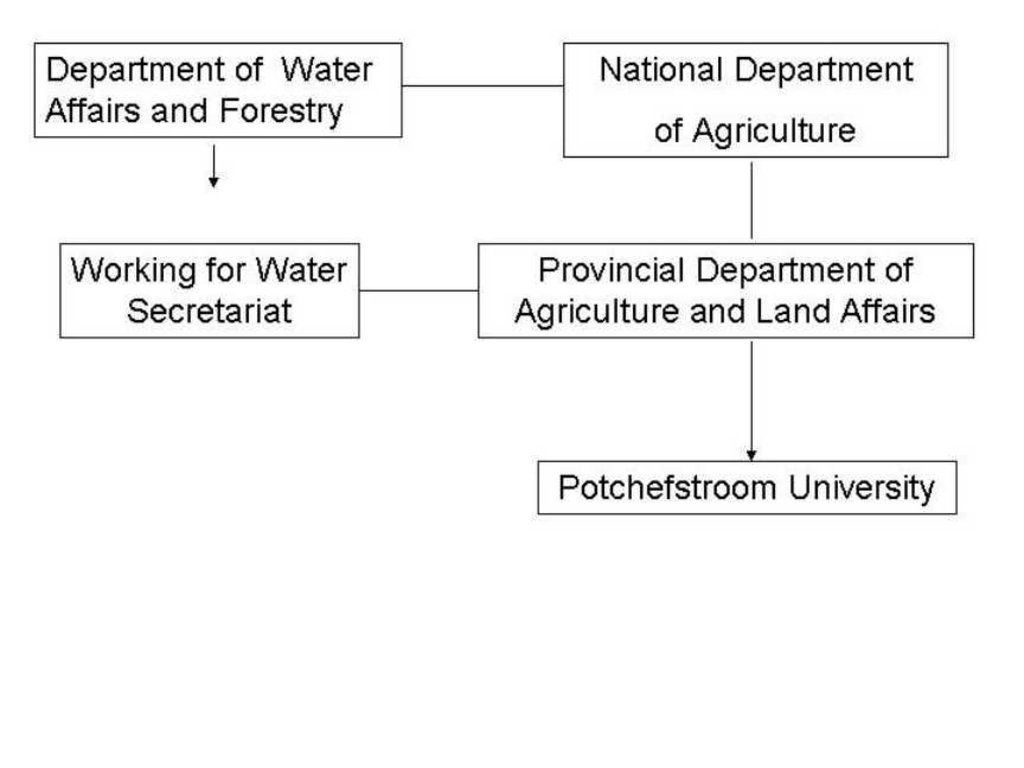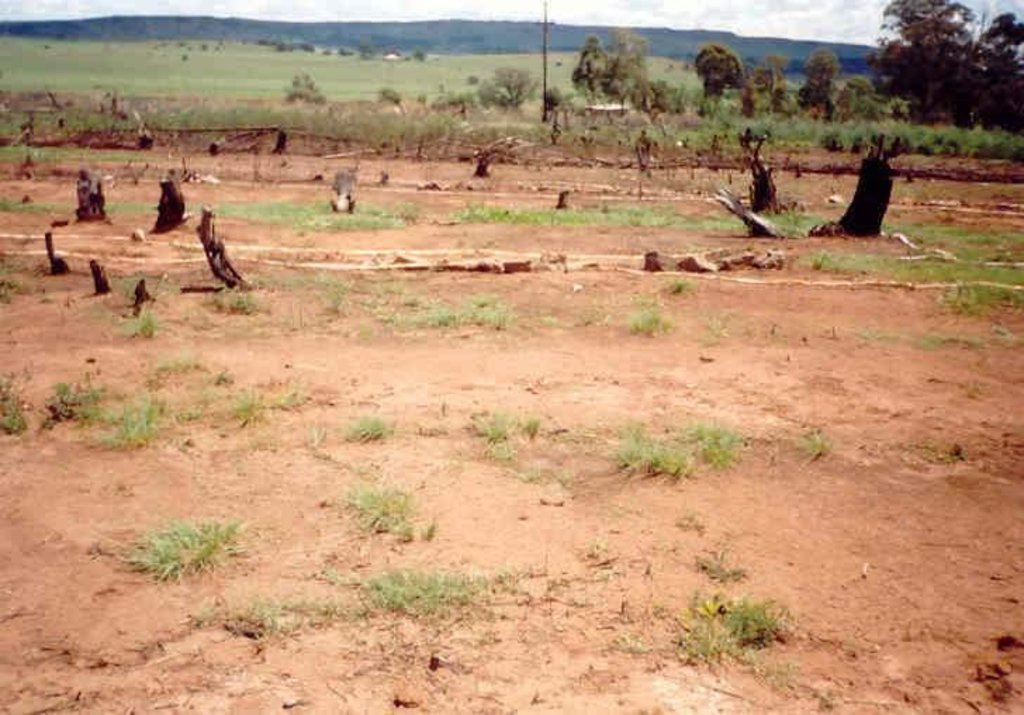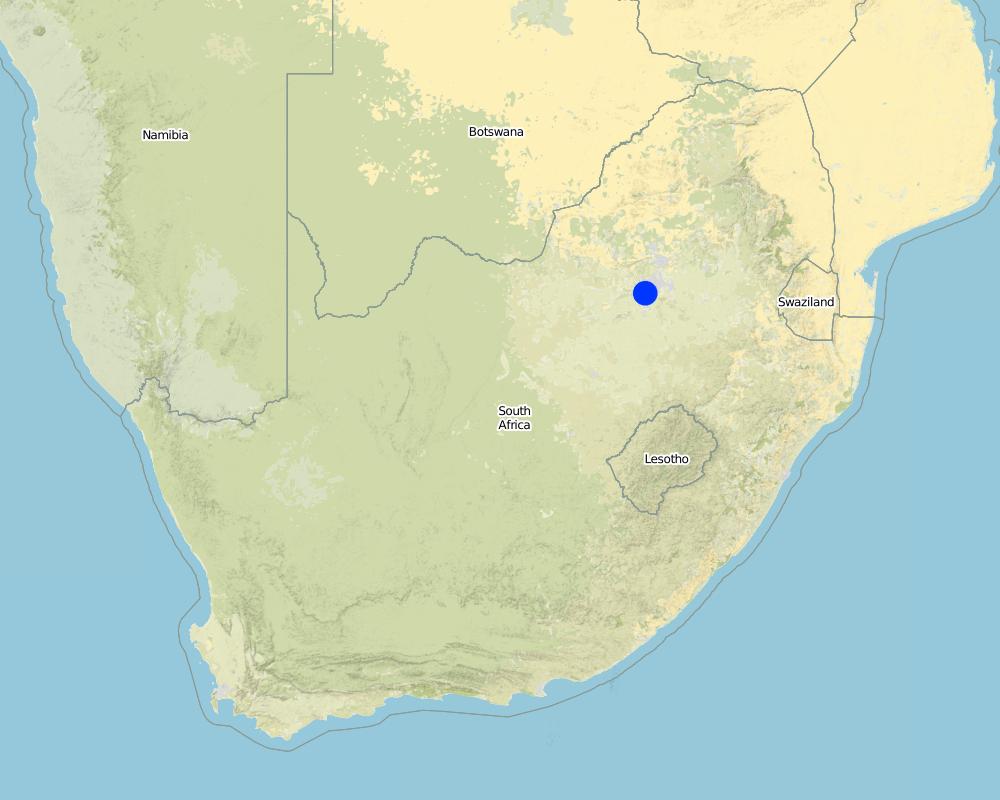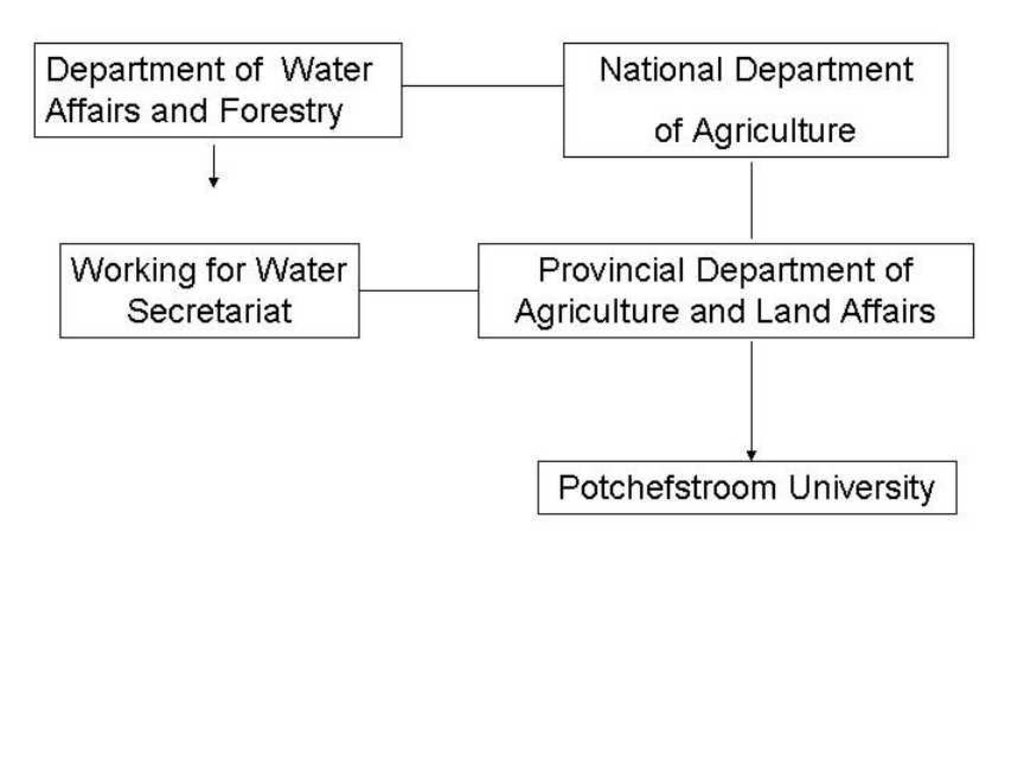Working for Water [แอฟริกาใต้]
- ผู้สร้างสรรค์:
- การอัพเดท:
- ผู้รวบรวม: Klaus Kellner
- ผู้เรียบเรียง: –
- ผู้ตรวจสอบ: Fabian Ottiger
approaches_2338 - แอฟริกาใต้
ดูส่วนย่อย
ขยายทั้งหมด ย่อทั้งหมด1. ข้อมูลทั่วไป
1.2 รายละเอียดที่ติดต่อได้ของผู้รวบรวมและองค์กรที่เกี่ยวข้องในการประเมินและการจัดเตรียมทำเอกสารของแนวทาง
วิทยากรหลัก
ผู้เชี่ยวชาญ SLM:
Barac Anuschka
Georg-August-Universität Göttingen
Wilhelmsplatz 1, 37073 Göttingen
เยอรมนี
ผู้เชี่ยวชาญ SLM:
ผู้เชี่ยวชาญ SLM:
de Wet Sarone
Potchefstroom University for Christian Higher Education
แอฟริกาใต้
ผู้เชี่ยวชาญ SLM:
Fulls Erich
Department of Agriculture (Gauteng)
แอฟริกาใต้
ผู้เชี่ยวชาญ SLM:
Lepin Edward
แอฟริกาใต้
ชื่อของโครงการซึ่งอำนวยความสะดวกในการทำเอกสารหรือการประเมินแนวทาง (ถ้าเกี่ยวข้อง)
Georg August Universität Göttingen (Georg August Universität Göttingen) - เยอรมนีชื่อของโครงการซึ่งอำนวยความสะดวกในการทำเอกสารหรือการประเมินแนวทาง (ถ้าเกี่ยวข้อง)
Gauteng Department of Agriculture and Rural Develo (Gauteng Department of Agriculture and Rural Develo) - แอฟริกาใต้ชื่อของโครงการซึ่งอำนวยความสะดวกในการทำเอกสารหรือการประเมินแนวทาง (ถ้าเกี่ยวข้อง)
Potchefstroom Universiteit vir CHO (Potchefstroom Universiteit vir CHO) - แอฟริกาใต้1.3 เงื่อนไขที่เกี่ยวข้องกับการใช้ข้อมูลที่ได้บันทึกไว้ผ่านทาง WOCAT
ผู้รวบรวมและวิทยากรหลักยอมรับเงื่อนไขเกี่ยวกับการใช้ข้อมูลที่ถูกบันทึกผ่านทาง WOCAT:
ใช่
1.4 การอ้างอิงถึงแบบสอบถามเรื่องเทคโนโลยี SLM
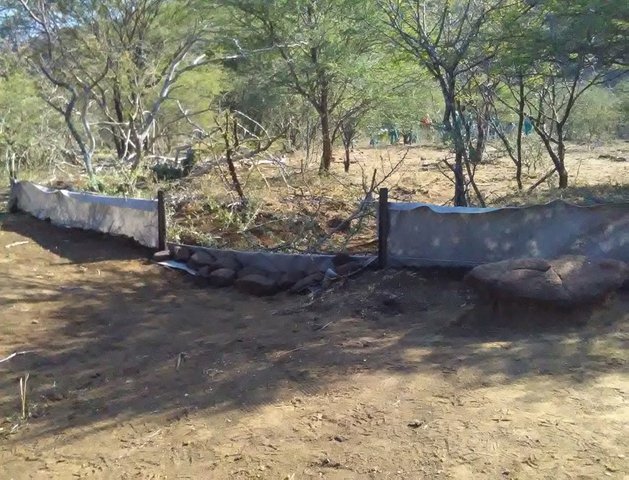
Silt fences to trap sediment in areas affected … [แอฟริกาใต้]
Silt fences together with brush packing were introduced to reduce sediment transport and restoration of gully erosion in the Potlake nature reserve, Limpopo Province, South Africa.
- ผู้รวบรวม: Dirk Pretorius
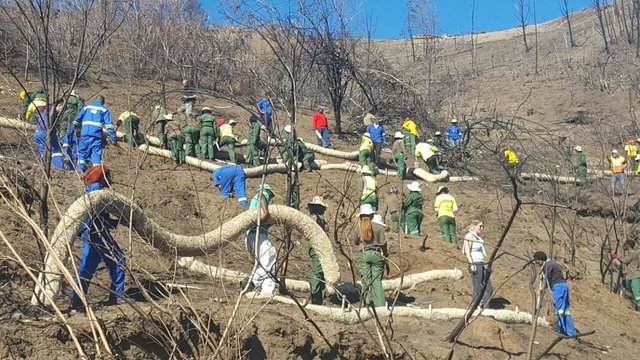
Use of sediment retention fibre rolls (SRFR) and … [แอฟริกาใต้]
Sediment retention fibre rolls (SRFR) and erosion blankets were deployed to stabilise steep slopes after vegetation cover was destroyed by fire, near the town of Knysna in the Western Cape Province, South Africa
- ผู้รวบรวม: Dirk Pretorius

Reshaping of gully erosion through integration of silt … [แอฟริกาใต้]
The rehabilitation of active gully erosion by re-sloping the banks of the gully in an effort to manage the energy of the water entering the system. Bare soil is protected from erosion by covering it with erosion blankets, brush packing and the establishment of silt fences.
- ผู้รวบรวม: Dirk Pretorius
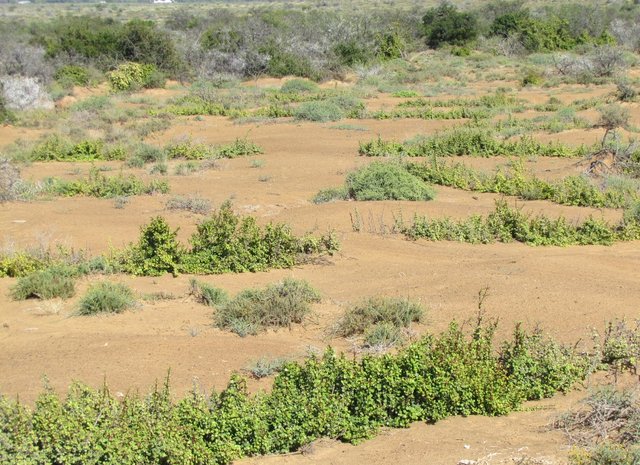
Spekboom (Portulacaria afra) planting within riplines for thicket … [แอฟริกาใต้]
The restoration of the thicket biome in the Eastern Cape is assisted by planting ‘spekboom’ (elephant bush) (Portulacaria afra), an indigenous succulent plant within contour lines/riplines on degraded hillslopes. The increased vegetation cover reduces runoff and soil loss.
- ผู้รวบรวม: Dirk Pretorius
2. คำอธิบายของแนวทาง SLM
2.1 การอธิบายแบบสั้น ๆ ของแนวทาง
Government funded restoration/rehabilitation initiative as part of Working for Water project. Aim was to eradicate alien invasive.
2.2 การอธิบายอย่างละเอียดของแนวทาง
การอธิบายอย่างละเอียดของแนวทาง:
Aims / objectives: The aim was to eradicate alien invasive species and then to revegetate the area in order to recover the natural grazing for livestock. Community participation plays a very important role, making them aware of the importance of restoring degraded rangelands. The approach for applying SWC technologies included making use of community members (at a daily wage) to carry out the labour intensive technologies and thus also playing a part in increasing community awareness.
2.3 รูปภาพของแนวทาง
2.5 ประเทศ ภูมิภาค หรือสถานที่ตั้งที่ได้นำแนวทางไปใช้
ประเทศ:
แอฟริกาใต้
ภูมิภาค/รัฐ/จังหวัด: :
Gauteng
Map
×2.6 วันที่เริ่มต้นและสิ้นสุดของแนวทาง
ระบุปีที่เริ่ม:
1996
การสิ้นสุดลง (ถ้าแนวทางไม่ได้ใช้อีกต่อไป):
2000
2.7 ประเภทของแนวทาง
- ใช้โครงงานหรือแผนงานเป็นฐาน
2.8 เป้าหมายหรือวัตถุประสงค์หลักของแนวทาง
The Approach focused mainly on SLM with other activities (Job creation and capacity building of SWC technicians. Improvement of grazing and vegetation cover, in order to conserve soil and water.)
On-site or on-farm technology application, thus making community aware of positive effect of restoration technology. To see to it that job creation occurs in surrounding communities.
The SLM Approach addressed the following problems: The evaluation of a restoration trail after the control of alien woody invasive vegetation in the Gauteng Province and to restore degraded rangeland to nearest original state before degradation took place (= improve grazing).
2.9 เงื่อนไขที่เอื้ออำนวยหรือเป็นอุปสรรคต่อการนำเทคโนโลยีภายใต้แนวทางนี้ไปปฏิบัติใช้
การมีไว้ให้หรือการเข้าถึงแหล่งการเงินและบริการ
- เป็นอุปสรรค
No funds available for restoration.
Treatment through the SLM Approach: Apply more cost effective approaches or apply for funds.
กรอบแนวทางในการดำเนินการด้านกฎหมาย (การถือครองที่ดิน สิทธิในการใช้ที่ดินและน้ำ)
- เอื้ออำนวย
The existing land ownership, land use rights / water rights helped a little the approach implementation: Land users did not liked what happened, do not think the approach will work. Some appreciation for what is being done.
ความรู้เกี่ยวกับ SLM การเข้าถึงการสนับสนุนด้านเทคนิค
- เป็นอุปสรรค
Equipment used is too labour intensive and take a lot of time.
Treatment through the SLM Approach: If enough funds were available, mechanical equipment could be used (faster and more effective).
อื่นๆ
- เป็นอุปสรรค
Involvement of community.
Treatment through the SLM Approach: Negotiation and awareness programmes.
3. การมีส่วนร่วมและบทบาทของผู้มีส่วนได้ส่วนเสียที่เกี่ยวข้อง
3.1 ผู้มีส่วนได้ส่วนเสียที่เกี่ยวข้องในแนวทางนี้และบทบาท
- ผู้ใช้ที่ดินระดับท้องถิ่นหรือชุมชนระดับท้องถิ่น
Working land users were work equally divided between men and women (Volunteers from communities for
- รัฐบาลแห่งชาติ (ผู้วางแผน ผู้ทำการตัดสินใจ)
DAF and Provincial Department of Agriculture (initiative an
- องค์การระหว่างประเทศ
Funding
3.2 การเกี่ยวข้องของผู้ใช้ที่ดินระดับท้องถิ่นหรือชุมชนระดับท้องถิ่นในช่วงต่างๆของแนวทาง
| ความเกี่ยวข้องของผู้ใช้ที่ดินระดับท้องถิ่นหรือชุมชนระดับท้องถิ่น | ระบุผู้ที่มีส่วนเกี่ยวข้องและอธิบายกิจกรรม | |
|---|---|---|
| การริเริ่มหรือการจูงใจ | ไม่ลงมือ | public meetings |
| การวางแผน | ไม่ลงมือ | |
| การดำเนินการ | จ่ายเงินหรือสนับสนุนจากภายนอก | Mainly: responsibility for major steps; partly: casual labour |
| การติดตามตรวจสอบหรือการประเมินผล | ไม่ลงมือ | |
| Research | ไม่ลงมือ | on-farm |
3.3 แผนผังแสดงขั้นตอนการทำงาน (ถ้ามี)
3.4 การตัดสินใจเลือกใช้เทคโนโลยี SLM
ระบุผู้ที่ทำการตัดสินใจเลือกเทคโนโลยีมากกว่าหนึ่งวิธีไปปฏิบัติใช้:
- ผู้เชี่ยวชาญ SLM เพียงผู้เดียว
การอธิบาย:
directive (top-down). Identify by DARF.
Decisions on the method of implementing the SLM Technology were made by by SLM specialists alone (top-down). directive (top-down).
4. การสนับสนุนด้านเทคนิค การสร้างขีดความสามารถ และการจัดการด้านความรู้
4.1 การสร้างขีดความสามารถ / การอบรม
ได้มีการจัดอบรมให้แก่ผู้ใช้ที่ดินหรือผู้มีส่วนได้ส่วนเสียคนอื่น ๆ หรือไม่:
ใช่
ให้ระบุว่าใครเป็นผู้ได้รับการอบรม:
- ผู้ใช้ที่ดิน
- SWC specialists, extensionists/trainers
รูปแบบการอบรม:
- กำลังดำเนินการ
- ใช้พื้นที่ทำการสาธิต
หัวข้อที่พูด:
Ecological principles, restoration technologies.
4.2 การบริการให้คำแนะนำ
ผู้ใช้ที่ดินมีการเข้าถึงการรับบริการให้คำปรึกษาหรือไม่:
ใช่
ระบุว่ามีบริการให้คำปรึกษาหรือไม่:
- ไปเยี่ยมชมสถานที่
- ที่ศูนย์ถาวร
การอธิบาย/แสดงความคิดเห็น:
Name of method used for advisory service: Demonstration; Key elements: Rural community appraisal, participatory rural approach; 1) Advisory service was carried out through: government's existing extension system. Extension staff: specifically hired project employees 3) Target groups for extension: technicians/SWC specialists; Activities: People in charge of field work etc.
Advisory service is inadequate to ensure the continuation of land conservation activities; Except for being inadequate, there are not enough funds available to continue the activities. Expert advise from specialists after evaluation is also needed to be adequate.
4.3 การเสริมความแข็งแกร่งให้กับสถาบัน (การพัฒนาองค์กร)
สถาบันได้รับการจัดตั้งขึ้นมาหรือเสริมความแข็งแกร่งโดยแนวทางนี้หรือไม่:
- ใช่ เล็กน้อย
ระบุระดับของสถาบันที่ได้รับการเสริมความแข็งแกร่งหรือจัดตั้งขึ้นมา:
- ท้องถิ่น
ระบุประเภทของการให้ความช่วยเหลือสนับสนุน:
- การสร้างขีดความสามารถ / การอบรม
4.4 การติดตามตรวจสอบและประเมินผล
การติดตามตรวจสอบและประเมินผลเป็นส่วนหนึ่งของแนวทางหรือไม่:
ใช่
ความคิดเห็น:
bio-physical aspects were regular monitored through measurements
economic / production aspects were ad hoc monitored through observations
area treated aspects were regular monitored through measurements
no. of land users involved aspects were ad hoc monitored through observations
management of Approach aspects were ad hoc monitored through observations
There were no changes in the Approach as a result of monitoring and evaluation: One site establishment for restoration purposes, thus no changes where made because no future project is planned in area in near future.
4.5 การวิจัย
การวิจัยเป็นส่วนหนึ่งของแนวทางหรือไม่:
ใช่
ระบุหัวข้อเรื่อง:
- นิเวศวิทยา
- เทคโนโลยี
ให้ข้อมูลเพิ่มเติมและให้ระบุผู้ทำการวิจัย:
Soil related research and analyses and also restoration technology application information.
Research was carried out on-farm
5. การสนับสนุนด้านการเงินและวัสดุอุปกรณ์
5.1 ระบุงบประมาณประจำปีสำหรับแนวทาง SLM นี้
ถ้าหากว่างบประมาณประจำปีไม่เป็นที่ทราบแน่นอน ให้ระบุช่วงลงไป:
- < 2,000
แสดงความคิดเห็น (แหล่งของการระดมทุน ผู้บริจาคคนสำคัญ):
Approach costs were met by the following donors: international (Donors): 10.0%; government (national - Water Affairs (DAF)): 80.0%; national non-government (University): 10.0%
5.2 การสนับสนุนด้านการเงิน / วัสดุอุปกรณ์ให้แก่ผู้ใช้ที่ดิน
ผู้ใช้ที่ดินได้รับการสนับสนุนด้านการเงิน / วัสดุอุปกรณ์ไปปฏิบัติใช้เทคโนโลยีหรือไม่:
ใช่
5.3 เงินสนับสนุนสำหรับปัจจัยนำเข้า (รวมถึงแรงงาน)
- อุปกรณ์
| ระบุปัจจัยนำเข้าที่ได้รับการสนับสนุน | เห็นด้วยระดับไหน | ระบุเงินสนับสนุน |
|---|---|---|
| เครื่องจักร | ได้รับการช่วยเหลือทางการเงินแบบเต็ม | |
| เครื่องมือ | ได้รับการช่วยเหลือทางการเงินแบบเต็ม | |
- การเกษตร
| ระบุปัจจัยนำเข้าที่ได้รับการสนับสนุน | เห็นด้วยระดับไหน | ระบุเงินสนับสนุน |
|---|---|---|
| เมล็ด | ได้รับการช่วยเหลือทางการเงินแบบเต็ม | |
| ปุ๋ย | ได้รับการช่วยเหลือทางการเงินแบบเต็ม | |
| Biocides | ได้รับการช่วยเหลือทางการเงินแบบเต็ม | |
ถ้าแรงงานโดยผู้ใช้ที่ดินเป็นปัจจัยนำเข้าที่มีอยู่มากมาย ระบุด้วยว่าเนื่องจาก:
- จ่ายเป็นเงินสด
ความคิดเห็น:
Job creation and community involvement.
5.4 เครดิต
มีการจัดหาเครดิตมาให้ภายใต้แนวทาง SLM หรือไม่:
ไม่ใช่
6. การวิเคราะห์ผลกระทบและการสรุป
6.1 ผลกระทบของแนวทาง
ช่วยให้ผู้ใช้ที่ดินนำเอาเทคโนโลยี SLMไปใช้และบำรุงรักษาสภาพไว้ได้หรือไม่:
- ไม่ใช่
- ใช่ เล็กน้อย
- ใช่ ปานกลาง
- ใช่ อย่างมาก
To layout contours to prevent erosion and serve as catchment for water. Establishment of grass also served as stabiliser to prevent erosion and also serves as fodder in addition.
Did other land users / projects adopt the Approach?
- ไม่ใช่
- ใช่ เล็กน้อย
- ใช่ ปานกลาง
- ใช่ อย่างมาก
Unsure.
6.3 ความยั่งยืนของกิจกรรมของแนวทาง
ผู้ใช้ที่ดินสามารถทำให้สิ่งต่างๆ ที่ได้ปฏิบัติใช้โดยแนวทางนี้ยั่งยืนได้หรือไม่ (โดยไม่มีการสนับสนุนจากภายนอก):
- ใช่
ถ้าตอบว่าใช่ ให้อธิบายว่าอย่างไร :
Most land users benefited from the approach and they are either in direct vicinity or were part of the job creation. They know the benefit of the results from restoration obtained and this might have inspired them to carry on. If some funds were to be available (from the land users themselves) they might be able to continue the approach by themselves and they know they will benefit from it.
6.4 จุดแข็งและข้อได้เปรียบของแนวทาง
| จุดแข็ง / ข้อได้เปรียบของแนวทางในทัศนคติของผู้ใช้ที่ดิน |
|---|
| Job creation. (How to sustain/ enhance this strength: Appoint members could involve rest of community to help look after restored area (improved grazing).) |
| Training. (How to sustain/ enhance this strength: Community members learnt a lot about conservation and they can now carry on with it on their own (they have the knowledge).) |
| จุดแข็ง / ข้อได้เปรียบของแนวทางในทัศนคติของผู้รวบรวมหรือวิทยากรหลัก |
|---|
| Job creation. (How to sustain/ enhance this strength: Appoint a community member to look after the area and see that if is managed.) |
| Awareness and training. (How to sustain/ enhance this strength: Personal improvement to understand how to take care of land and how to improve it.) |
| Inter-cultural co-operation. |
6.5 จุดอ่อน / ข้อเสียเปรียบของแนวทางและวิธีในการแก้ไข
| จุดอ่อน / ข้อเสียเปรียบในทัศนคติของผู้รวบรวมหรือวิทยากรหลัก | สามารถแก้ไขปัญหาได้อย่างไร |
|---|---|
| Not enough communication between specialists and community members on important factors. | Better communication from start of approach or project. |
| Linguistic abilities not sufficient (especially on side of specialists). | To obtain some simple linguistic abilities, such as how to greet and ask approach related questions. |
| SWC technology application must not be built on job creation incentives (only), but must be sustainable in the long term without incentives (job creations) by the land users. |
7. การอ้างอิงและการเชื่อมต่อ
7.1 วิธีการหรือแหล่งข้อมูล
- ไปเยี่ยมชมภาคสนาม การสำรวจพื้นที่ภาคสนาม
- การสัมภาษณ์กับผู้ใช้ที่ดิน
ลิงก์และโมดูล
ขยายทั้งหมด ย่อทั้งหมดลิงก์

Silt fences to trap sediment in areas affected … [แอฟริกาใต้]
Silt fences together with brush packing were introduced to reduce sediment transport and restoration of gully erosion in the Potlake nature reserve, Limpopo Province, South Africa.
- ผู้รวบรวม: Dirk Pretorius

Use of sediment retention fibre rolls (SRFR) and … [แอฟริกาใต้]
Sediment retention fibre rolls (SRFR) and erosion blankets were deployed to stabilise steep slopes after vegetation cover was destroyed by fire, near the town of Knysna in the Western Cape Province, South Africa
- ผู้รวบรวม: Dirk Pretorius

Reshaping of gully erosion through integration of silt … [แอฟริกาใต้]
The rehabilitation of active gully erosion by re-sloping the banks of the gully in an effort to manage the energy of the water entering the system. Bare soil is protected from erosion by covering it with erosion blankets, brush packing and the establishment of silt fences.
- ผู้รวบรวม: Dirk Pretorius

Spekboom (Portulacaria afra) planting within riplines for thicket … [แอฟริกาใต้]
The restoration of the thicket biome in the Eastern Cape is assisted by planting ‘spekboom’ (elephant bush) (Portulacaria afra), an indigenous succulent plant within contour lines/riplines on degraded hillslopes. The increased vegetation cover reduces runoff and soil loss.
- ผู้รวบรวม: Dirk Pretorius
โมดูล
ไม่มีโมดูล


